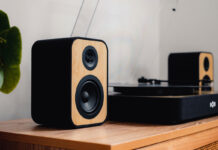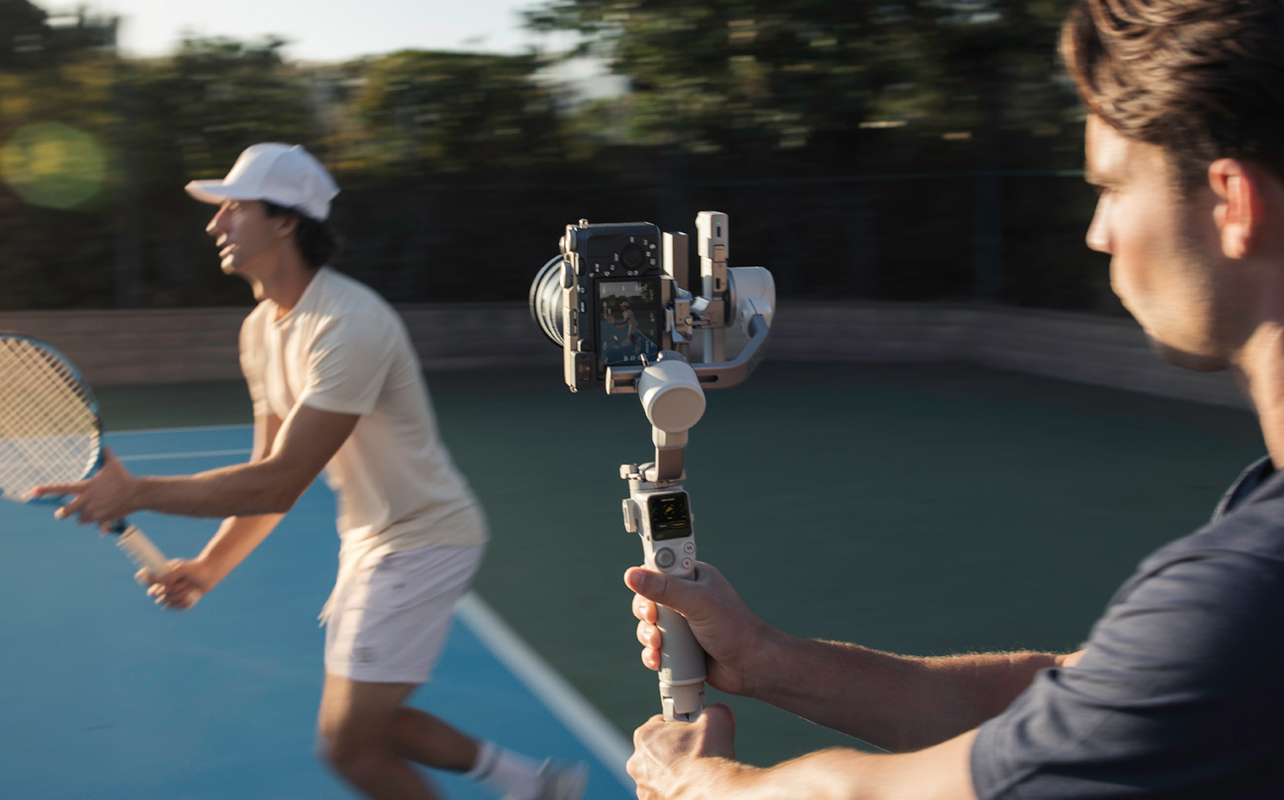
Have you ever watched a video where the camera seems to float effortlessly as it moves, without a hint of shake or jitter? It’s likely the work of a gimbal. Now, what’s a gimbal? Gimbals are camera stabilizers. Whether you’re capturing wedding footage, streaming to your followers, or just trying to get smooth shots of your kids playing in the yard, a gimbal can be the difference between shaky chaos and buttery-smooth brilliance. They have become an essential tool for everyone from professional filmmakers to everyday smartphone users.
In this guide, we’ll break down what a gimbal is, how it works, why it matters, and how you can choose the right one from Best Buy Canada to level up your content creation game.
What is a gimbal?
A gimbal is essentially a pivoted support system that allows a camera or smartphone to stay stable even when you’re moving. It uses a 2-axis gimbal mechanism (pitch and roll) or a more advanced 3-axis system (pitch, yaw, and roll) to counteract your movement and maintain a steady shot. Imagine you’re filming a scenic hike through the mountains. As you move and pan to capture whatever you want on camera, the gimbal will ensure that every sweeping view is smooth, creating a professional-quality video that you can share with friends and family. So, no more jumpy pans, choppy walking footage, or motion sickness-inducing travel videos.
Gimbals have an interesting history. They were originally developed to keep navigation tools stable on boats and planes. They’ve really taken on new life as sleek, high-tech tools for modern videographers and content creators. They also come in different sizes and designs, making them compatible with DSLR or mirrorless cameras, action cams, or just your phone to help you shoot like a pro.
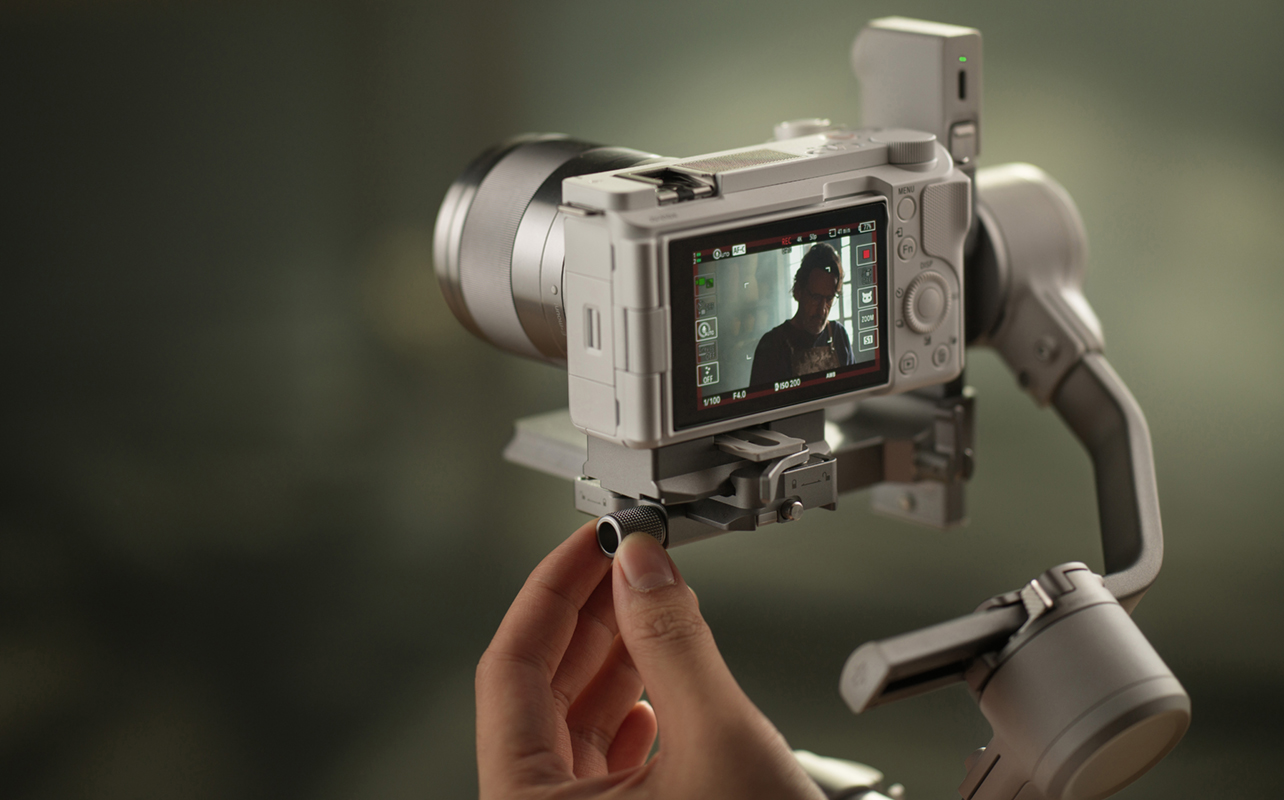
How does a gimbal work?
Let’s get into the mechanics. Modern gimbals work using a combination of brushless motors and built-in sensors that detect movement and react in real time to keep your shot stable. As you move, the sensors monitor changes in position across the three axes: pitch will tilt up and down, yaw pans side to side, and roll tilts sideways. The motors then make micro-adjustments, keeping your camera level and locked onto your subject. When you walk, your hands naturally bob, twist, and sway. A gimbal compensates for these so your footage stays smooth and steady.
There are two main types of gimbals:
- Mechanical gimbals use counterweights to stay balanced, helping to keep equipment stable during movement. They are used in aerospace to stabilize handheld tools and devices, and the same on boats for their equipment.
- Motorized or electronic gimbals, which are more common now, use smart motors and sensors. They are ideal for stabilizing video during action sports, enabling smooth cinematic shots in filmmaking, and providing steady imagery for live streaming and vlogging.
Types of gimbals
There’s no one-size-fits-all when it comes to gimbals, and that’s a good thing. Depending on your gear and shooting style, there’s a type that fits your needs:
Handheld gimbals
These are the most popular for smartphones, action cameras, and mirrorless cameras. Perfect for vloggers, travellers, and YouTubers, they’re compact, easy to carry, and simple to use. They also represent the broadest variety in design. Not all gimbals can handle all devices, as the onboard motors are sensitive to weight. That’s why a heavier DSLR or mirrorless camera may not be compatible with a gimbal designed to handle action cams or more lightweight mirrorless models.
Wearable or mountable gimbals
Designed for action sports and drone footage, these gimbals keep your camera steady even during fast, dynamic movement. Mountain biking down Whistler? Strap one of these on and let it do the work.
Camera stabilizer rigs
These are larger, more complex setups for professional cinema cameras. They’re heavier and more expensive, but they give that Hollywood-level production quality. Great for commercial shoots, indie films, or when you really want to show off.
Gimbal vs. other stabilization options
Gimbals do a great job keeping your footage smooth, but they’re not the only tool out there. Here’s how gimbals compare to other common stabilization methods—and why they often come out on top.
In-body image stabilization (IBIS)
IBIS is built into some mirrorless and DSLR cameras. It uses internal moving parts to shift the sensor and counteract movement. This means, the camera’s sensor can move slightly to counteract your hand shaking. It’s helpful when you’re holding the camera still or shooting slower-motion scenes.
IBIS can adjust for certain types of movement—like up-and-down or side-to-side. However, if you’re walking around or trying to follow action while filming, IBIS can’t keep up the way a gimbal can. IBIS works best when your camera is fairly steady, like on a tripod or during slow panning shots.
Optical image stabilization (OIS)
OIS is found in many smartphones and compact cameras. Instead of moving the sensor, it shifts parts of the lens to reduce blur from small shakes—think your hands slightly trembling while holding your phone. It’s great for taking still photos or shooting short clips while standing still. But if you’re walking, biking, or moving the camera around a lot, it won’t smooth things out the way a gimbal can. Gimbal can provide significantly more stabilization.
Gimbal and OIS can work together to keep footage steady, though it’s certainly not unheard of for users to turn OIS off when using a gimbal as it can interfere with gimbal movement.
Tripods and monopods
These accessories keep your camera locked in one position and are great for static shots. However, once you start moving—whether walking through a space or tracking a subject—they offer no help in stabilizing motion. A tripod is certainly effective for establishing shots or timelapse images, since both don’t necessarily require physical movement.
When are gimbals the better choice? If you’re in motion and want your footage to look like it was shot on rails, go with a gimbal. It helps improve your shots when you’re filming while walking, following a moving subject, or aiming for that silky, cinematic B-roll.
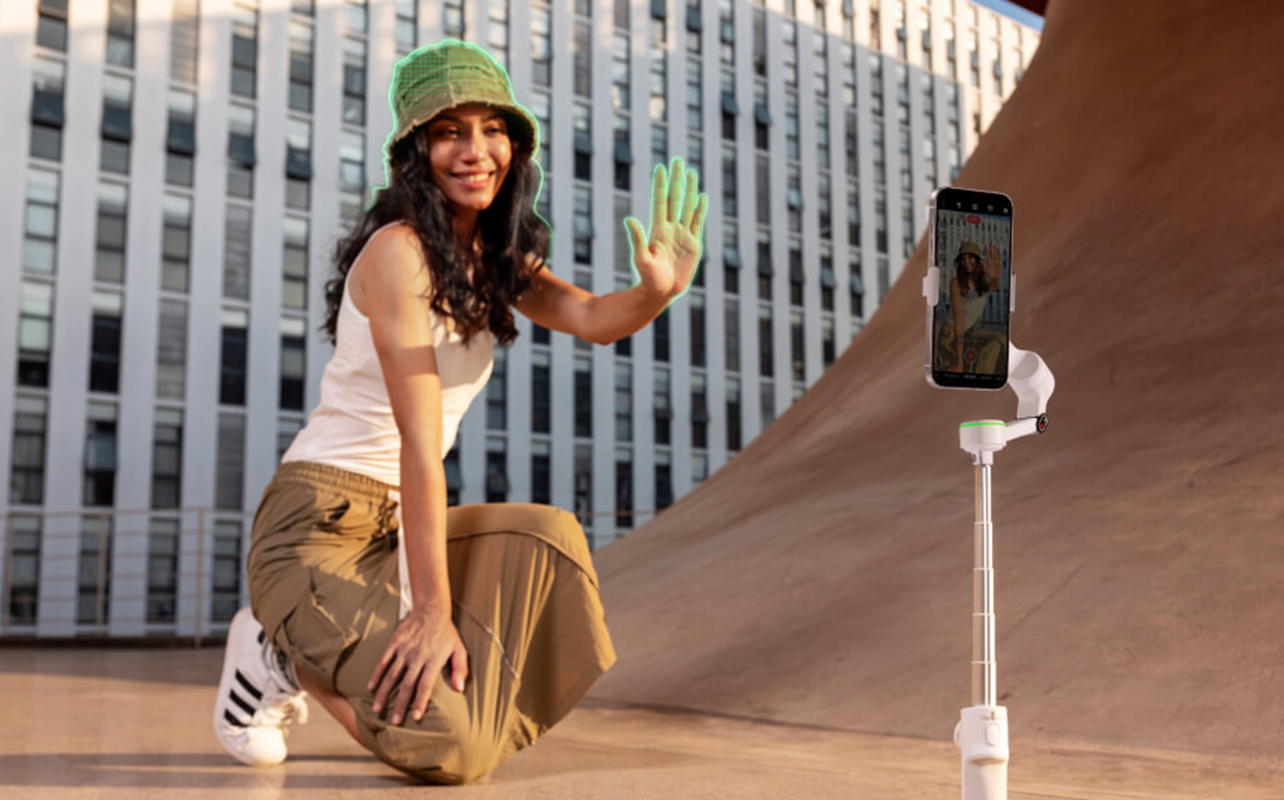
Looking for more camera accessories? Check out the 9 must-have accessories every photographer needs.
When and why you should use a gimbal
Gimbals really shine in situations where movement is part of the shot. Here’s where you’ll see them make a big impact:
- Filming on the go: Walking through a market, running down a trail, or filming while skateboarding all become smoother and more watchable with a gimbal: It keeps the focus on your subject, not on the bounce of your footsteps.
- Vlogging and travel videos: Whether you’re strolling through Old Montreal, hiking Banff, or exploring Whistler, a gimbal keeps your face centred, resulting in more polished, professional footage.
- Cinematic B-roll: Gliding shots of landscapes, product close-ups, or slow-motion scenes gain an immersive feel when shot on a gimbal, giving your footage a more cinematic edge.
- Real estate tours: Showing off a home’s layout looks far more professional when you can glide from room to room without shaky transitions or awkward tripod breaks.
- Event videography: Weddings, concerts, and other live events often require you to move while filming. A gimbal lets you keep up with the action while maintaining a stable and focused frame.
Any time your camera moves and you want to keep your audience from getting motion sick, a gimbal’s your best friend.
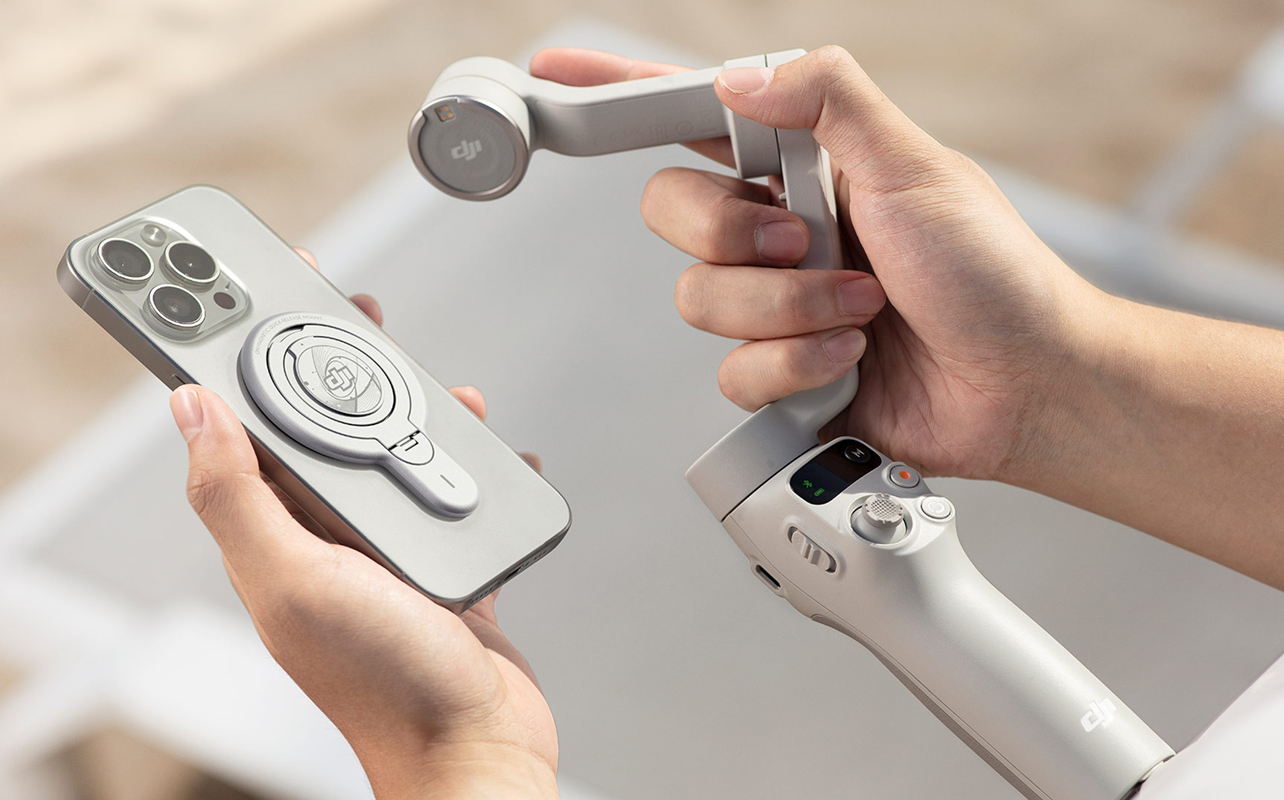
Tips for using a gimbal
Getting the best footage from your gimbal takes a bit of practice. Here are some tips to help you make the most of your stabilizer:
1. Balance your camera before shooting
Before turning on your gimbal, make sure your camera or phone is properly balanced on the mount. This reduces strain on the motors and ensures smoother, longer-lasting performance. Gimbals will usually come with instructions and best practices on how to do this, and after a while, you learn to do it without referencing any materials.
2. Use slow, deliberate movements
Let the gimbal do the work. Quick jerks or sudden pans can still look rough, so try to move gently and predictably to get that cinematic glide. Stabilized footage looks more professional and cinematic when it’s not rushed or suddenly shifting in multiple directions.
3. Plan your shots to maximize stability
Think about your route, your subject, and your surroundings. Planning ahead means fewer on-the-fly adjustments and more consistent results.
4. Experiment with different modes
Most gimbals include shooting modes like Pan Follow, Lock Mode, or POV Mode. These settings control which axes stay locked and which ones follow your movement, giving you different creative options for various scenarios. Practice how to use the available settings and tools, as it helps a great deal in how you direct your own filming.
5. Monitor battery life and bring extras for long shoots
Gimbals run on internal batteries that can last anywhere from a couple of hours to most of the day. These can vary widely, though, as not all gimbals are created equal. Keep an eye on your power level, and bring backup batteries or a power bank if you’re shooting for extended periods.
These small habits can improve your footage.
Take your video production to the next level with a gimbal
Gimbals are great for creating smooth, pro-quality videos. They let you move freely while keeping your footage stable and sharp, whether you’re shooting with a phone, action camera, or full-size camera. They’ve also never been more accessible than they are today. You could be just starting your content creation journey or levelling up your cinematic game. No matter where you stand, a gimbal can boost your skills. From filmmakers, vloggers, and anyone looking to capture smooth, professional-looking footage on the go, they enable storytellers to maintain stability and creativity, regardless of their camera setup or shooting environment.
Best Buy Canada carries a range of excellent camera stabilizers—from compact smartphone stabilizers to heavy-duty camera rigs.
This article was drafted using AI technology and then reviewed, fact-checked, and revised by a member of our editorial team.




